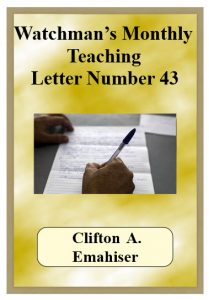AN ANGLO-ISAAC-SON CAUCASIAN CULTURE AWARENESS TEACHING LETTER
THIS IS MY FORTY-THIRD MONTHLY TEACHING LETTER AND CONTINUES MY FOURTH YEAR OF PUBLICATION. Because we have so much subject matter to consider in this lesson, I will get right into the substance of the things we need to cover.
WALKING STEP BY STEP THROUGH ISRAEL’S SOJOURN IN EGYPT FROM JOSEPH UNTIL JOSHUA
In the last lesson we learned two new Egyptian terms which were inscribed on various obelisks. These terms were “benben” and the “Ashet tree.” If you will recall, I promised I would cover these terms in more detail in this lesson. What is interesting is that the term “ben” is common in Egyptian, Hebrew and Old English. In The American Heritage Dictionary there are three meanings as follows:
“ben1 … n. Scottish. The inner room or parlour of a house. — adv. Scottish. Inside; within. — prep. Scottish. Within. [Middle English ben, binne(n), Old English binnan: be, By + innan, within (see en in Appendix).]
“ben2 … n. Scottish. A mountain peak. Used in names of mountains: Ben Nevis. [Scottish Gaelic beann, peak, height. See bend- in appendix.]
“ben3 … n. Any of several Asiatic trees of the genus Moringa, bearing winged seeds that yield an oil used in perfumes and cosmetics. [Dialectal Arabic ben, from Arabic ban.]”
